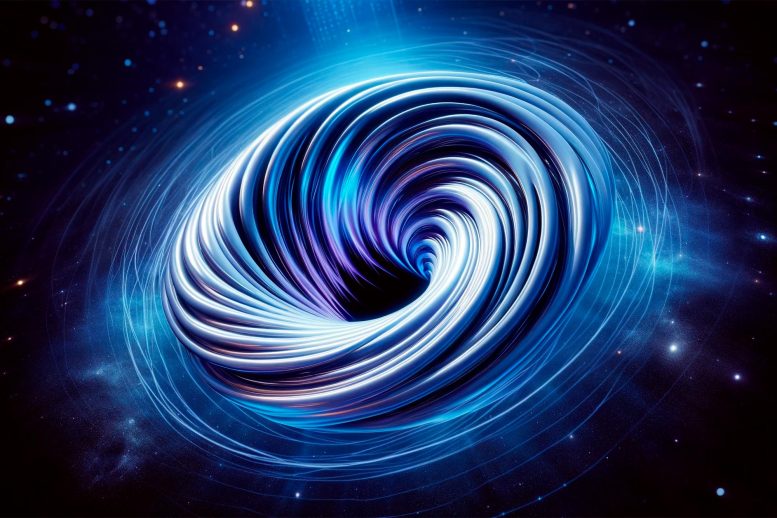
Researchers have created a quantum vortex in superfluid helium to study black hole dynamics, revealing new insights into quantum fields and curved spacetimes through innovative cryogenic experiments. Credit: SciTechDaily.com
A team of scientists has successfully mimicked black hole conditions by creating a quantum vortex in superfluid helium, shedding light on gravitational interactions and quantum field theories in curved spacetimes.
Scientists have for the first time created a giant quantum vortex to mimic a black hole in superfluid helium that has allowed them to see in greater detail how analog black holes behave and interact with their surroundings.
Research led by the University of Nottingham, in collaboration with King’s College London and Newcastle University, has created a novel experimental platform: a quantum tornado. They have created a giant swirling vortex within superfluid helium that is chilled to the lowest possible temperatures. Through the observation of minute wave dynamics on the superfluid’s surface, the research team has shown that these quantum tornados mimic gravitational conditions near rotating black holes. The research has been published today in Nature.
Groundbreaking Experimental Setup
Lead author of the paper, Dr. Patrik Svancara from the School of Mathematical Sciences at the University of Nottingham explains: “Using superfluid helium has allowed us to study tiny surface waves in greater detail and accuracy than with our previous experiments in water. As the viscosity of superfluid helium is extremely small, we were able to meticulously investigate their interaction with the superfluid tornado and compare the findings with our own theoretical projections.”
The team constructed a bespoke cryogenic system capable of containing several liters of superfluid helium at temperatures lower than -271 °C. At this temperature liquid helium acquires unusual quantum properties. These properties typically hinder the formation of giant vortices in other quantum fluids like ultracold atomic gases or quantum fluids of light, this system demonstrates how the interface of superfluid helium acts as a stabilizing force for these objects.
Dr. Svancara continues: “Superfluid helium contains tiny objects called quantum vortices, which tend to spread apart from each other. In our set-up, we’ve managed to confine tens of thousands of these quanta in a compact object resembling a small tornado, achieving a vortex flow with record-breaking strength in the realm of quantum fluids.”
Insights Into Black Hole Physics
Researchers uncovered intriguing parallels between the vortex flow and the gravitational influence of black holes on the surrounding spacetime. This achievement opens new avenues for simulations of finite-temperature quantum field theories within the complex realm of curved spacetimes.
Professor Silke Weinfurtner, leading the work in the Black Hole Laboratory where this experiment was developed, highlights the significance of this work: “When we first observed clear signatures of black hole physics in our initial analog experiment back in 2017, it was a breakthrough moment for understanding some of the bizarre phenomena that are often challenging, if not impossible, to study otherwise. Now, with our more sophisticated experiment, we have taken this research to the next level, which could eventually lead us to predict how quantum fields behave in curved spacetimes around astrophysical black holes.”
Reference: “Rotating curved spacetime signatures from a giant quantum vortex” by Patrik Švančara, Pietro Smaniotto, Leonardo Solidoro, James F. MacDonald, Sam Patrick, Ruth Gregory, Carlo F. Barenghi and Silke Weinfurtner, 20 March 2024, Nature.
DOI: 10.1038/s41586-024-07176-8
This groundbreaking research is funded by a £5 million grant from the Science Technology Facilities Council, distributed among teams at seven leading UK institutions, including the University of Nottingham, Newcastle University and King’s College London. The project has also been supported by both the UKRI Network grant on Quantum Simulators for Fundamental Physics and the Leverhulme Research Leaders Fellowship held by Professor Silke Weinfurtner.
The culmination of this research will be celebrated and creatively explored in an ambi exhibition titled Cosmic Titans at the Djanogly Gallery, Lakeside Arts, The University of Nottingham, from 25 January to 27 April 2025 (and touring to venues in the UK and overseas). The exhibition will comprise newly commissioned sculptures, installations, and immersive art works by leading artists including Conrad Shawcross RA that result from a series of innovative collaborations between artists and scientists facilitated by the ARTlab Nottingham. The exhibition will marry creative and theoretical inquiries into black holes and the birth of our Universe.

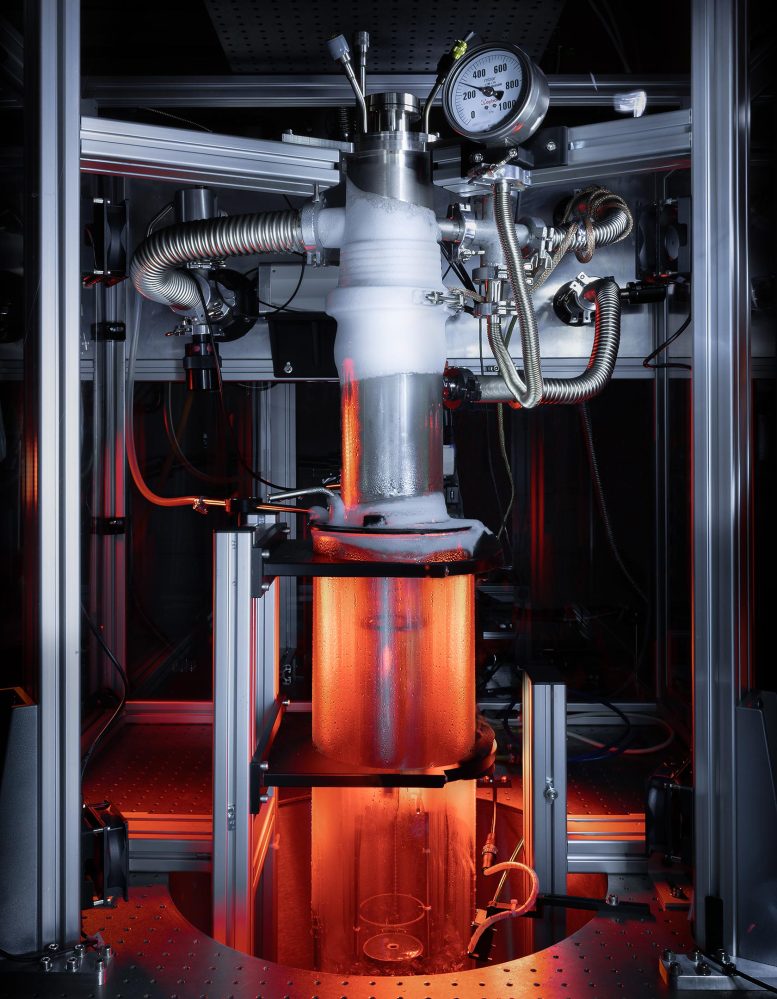
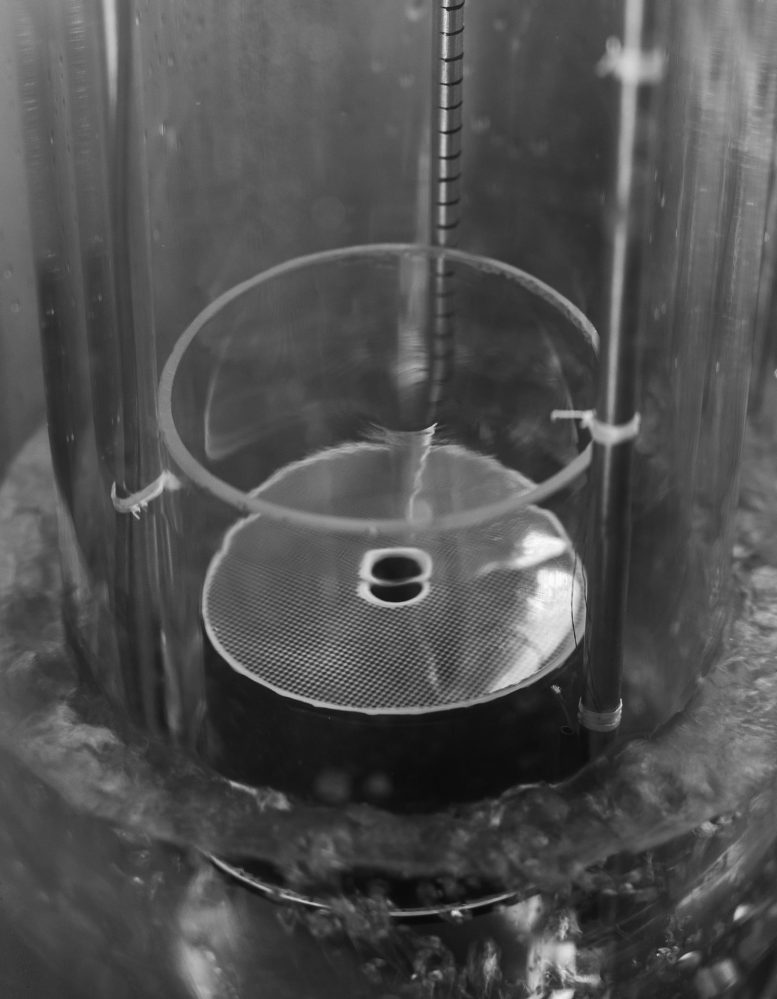
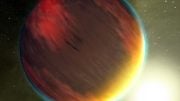
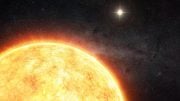
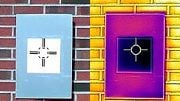
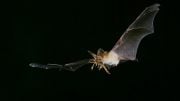


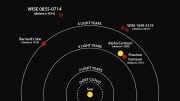
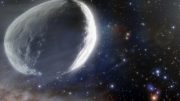
Be the first to comment on "Quantum Tornado Unlocks Mysteries of Black Holes"